Head CT
How Does a Head CT Work?
Standard X-rays often have limitations because dense tissues, such as bones, can obscure the view of the underlying body parts. However, a Head CT overcomes this by producing "slices" or cross-sectional images that clearly show both bone and soft tissue. This detailed imaging allows for a better assessment of the internal structures of the head.
CT scanning is a non-invasive diagnostic tool used for patients presenting with symptoms that require internal examination. The procedure is short, painless, and involves minimal radiation exposure, making it a preferred choice for many medical conditions.
When is a CT of the Head Recommended?
A physician or medical provider may recommend a Head CT for various reasons, including:
- Head Injuries: To detect bleeding, brain injury, and skull fractures.
- Aneurysms: To identify bleeding caused by a ruptured or leaking aneurysm, particularly in patients with sudden severe headaches.
- Stroke Symptoms: To find blood clots or bleeding within the brain soon after stroke symptoms appear.
- Brain Tumors: To detect the presence and extent of brain tumors.
- Hydrocephalus: To examine enlarged brain cavities (ventricles) in patients with hydrocephalus.
- Skull Diseases or Malformations: To identify any abnormalities or diseases affecting the skull.
Typically, a CT of the head is the first diagnostic imaging test performed when evaluating these symptoms. It can also diagnose infarcts (tissue death) and other head-related abnormalities, providing crucial information for treatment planning.
What to Expect During a CT of the Head
During a Head CT, a contrast dye containing iodine may be injected into the bloodstream. This dye enhances the visibility of blood vessels and organs on the CT images, providing a clearer and more detailed view.
The procedure involves lying perfectly still on a table that slides into the CT scanner. This can be challenging for some, but the technologist will provide instructions on when to move and when to remain still. The entire examination, including preparation and interview time, typically takes about 15 to 30 minutes. In some cases, additional scans may be required to tailor the imaging to specific diagnostic needs.
Key Benefits of a CT of the Head
A Head CT offers several advantages:
- Detailed Imaging: Provides clear images of both bone and soft tissue.
- Non-Invasive: The procedure is painless and does not require surgery.
- Quick and Efficient: Produces results rapidly, aiding in prompt diagnosis and treatment.
- Low Radiation: Emits very low amounts of radiation, minimizing exposure risks.
A CT of the Head is a vital diagnostic tool for assessing head injuries, detecting brain abnormalities, and guiding treatment decisions. Its ability to produce detailed, layered images of the skull and brain makes it an invaluable resource in modern medicine.




